
A normal and natural human foot is widest at the ends of the toes, not at the ball of the foot. According to numerous decades-old studies, people who have gone barefoot or who have worn only minimalist footwear most of their lives—which is common in many parts of the world, including Africa, Asia, and South and Central America—have feet that are widest at the ends of the toes, and their toes are straight and evenly spaced. Several old-time studies that discuss the feet of barefoot groups include the following:
The foot structure observed in these unshod (i.e., non-shoe wearing) populations is similar to newborns, who haven't yet had their feet molded and sculpted by shoes that incorporate tapering toe boxes and other problematic design elements. The tapering toe boxes of most conventional shoes squeeze the toes into a wedge position, altering normal and natural foot and toe anatomy and function. This usually causes a variety of toe alignment issues and foot problems over time, such as bunions, hammertoes, other crooked toes, neuromas, plantar fasciosis, and shin splints, among other problems.
Toe spacing devices, such as Correct Toes, are used to combat the deforming effects of conventional footwear and help realign the toes to a healthy, functional position. Restoring the toes so that they are in line with their corresponding metatarsal bones is important in addressing and preventing the above-mentioned foot and toe problems, as well as for the following:
Toe spacers (particularly when used in combination with men’s and women’s foot-shaped footwear that accommodates natural toe splay) are among the best tools for achieving these goals.
Correct Toes toe spacers can be worn under a conventional sock, over a pair of toe socks, or within footwear that features a sufficiently wide and appropriately shaped toe box. They are constructed of medical grade silicone for comfort and durability and come in a variety of sizes and colors to suit unique feet and preferences. Please see this article to learn more about the many merits of Correct Toes toe spacers.

WANT TO IMPROVE YOUR FOOT HEALTH?
Let the team at Natural Footgear help you! Subscribe to our newsletter for the latest offers and helpful info, and sign up for our FREE email courses on various topics and foot health conditions.
Sign Up →
Want to Improve Your Foot Health?
We are here to help you every step of the way. Get our newsletter for the latest offers and helpful info, and sign up for our FREE email courses on various topics and conditions, including bunions, hammertoes, neuromas, plantar fasciosis, shin splints, ingrown toenails, and more.
Sign Up →
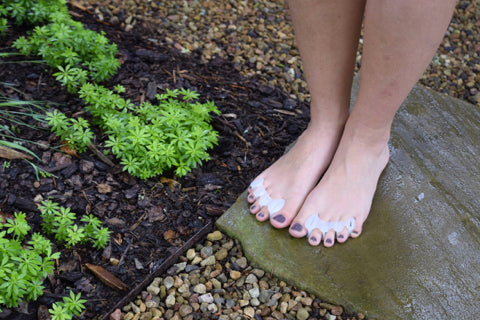 We find that most people, most of the time, experience some immediate relief, with continued positive musculoskeletal health benefits occurring over months and years. Of course, results may be different for different people, and the direct and indirect health benefits of Correct Toes depends on many factors, including your age, your tissue mobility, how frequently you use your Correct Toes toe spacers, your physical activity level, and how often you...
Read more
We find that most people, most of the time, experience some immediate relief, with continued positive musculoskeletal health benefits occurring over months and years. Of course, results may be different for different people, and the direct and indirect health benefits of Correct Toes depends on many factors, including your age, your tissue mobility, how frequently you use your Correct Toes toe spacers, your physical activity level, and how often you...
Read more



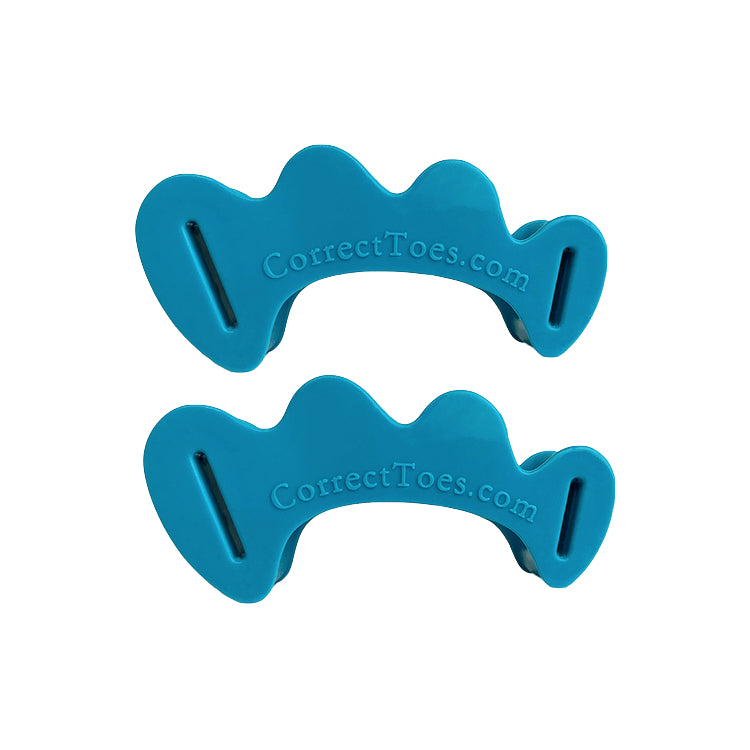
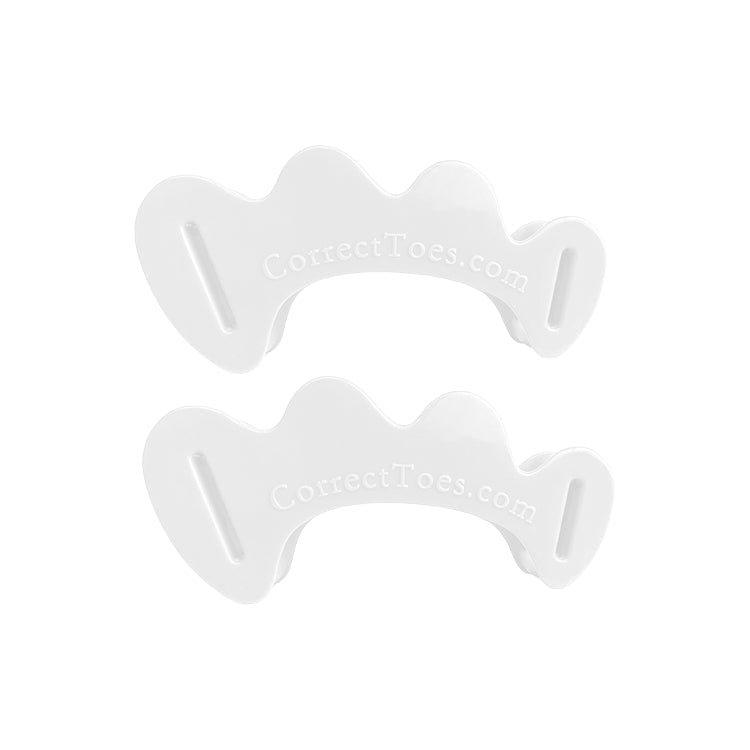
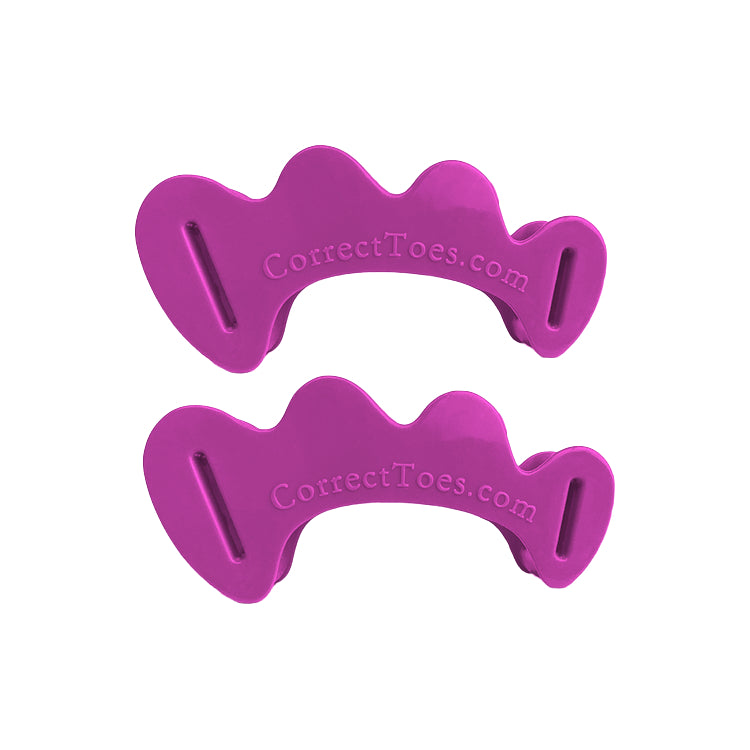
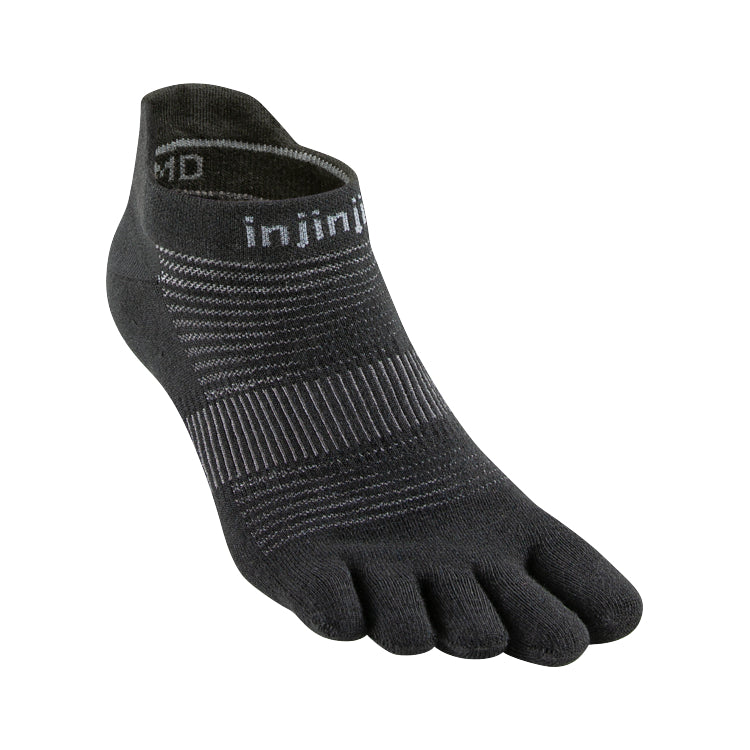
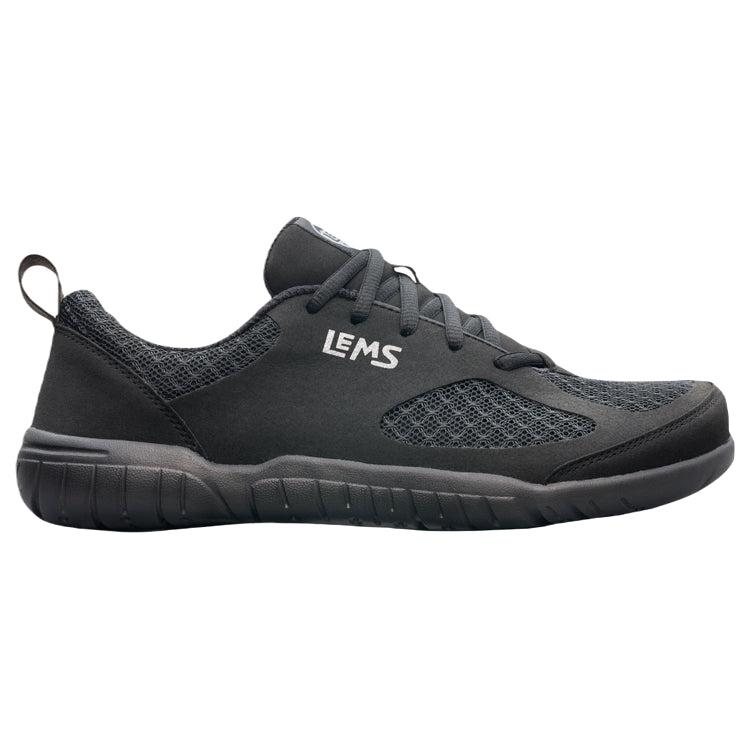
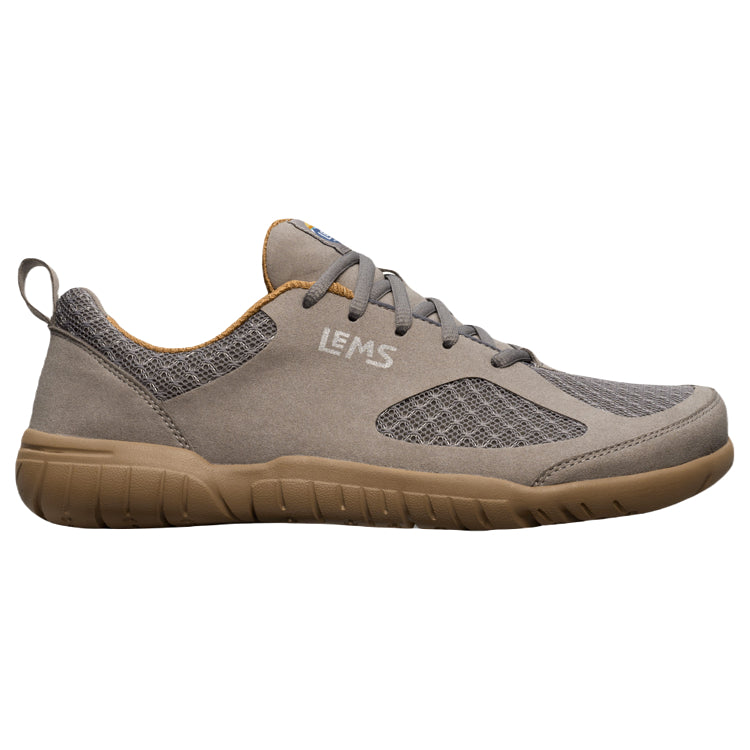
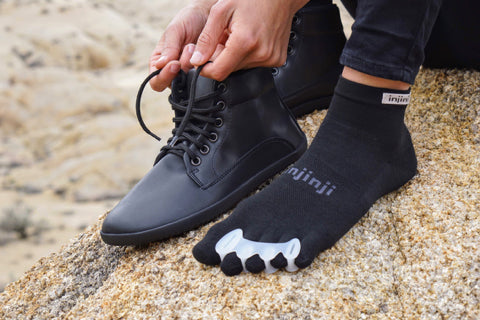


I love the whole concept of toe spacing, but I wonder how much space should be between the toes? Basically, is there an optimal amount? Is it possible to have too much spacing there?
Thank you for your questions, Gina! They get to the heart of something often overlooked in discussions about toe spacing. In a naturally shaped and properly functioning foot, the toes—particularly the big toe and little toe—splay away from the central digits to create a stable, tripod-like base of support. While there’s no single “optimal” millimeter measurement for toe spacing that applies to everyone, a healthy foot typically exhibits noticeable gaps between all toes when relaxed, especially between the big toe and second toe. These spaces should be wide enough to allow for independent toe movement, proper load distribution, and healthy circulation, but not so exaggerated that they compromise the foot’s cohesive function or integrity.
In rare cases, overcorrection—such as excessive or prolonged use of overly aggressive toe spacers—can create instability or discomfort, especially if the tissues haven’t had time to adapt. The key is to encourage gradual, natural splay that restores your foot’s intended architecture without forcing it into unnatural extremes. Basically, you want your toes to align with their corresponding metatarsal bones, and, in our experience, we have found that Correct Toes Original spacers and StableToe are the best tools for accomplishing this goal. We hope this info helps!
Yours in Foot Health,
Drs. Marty & Robyn Hughes